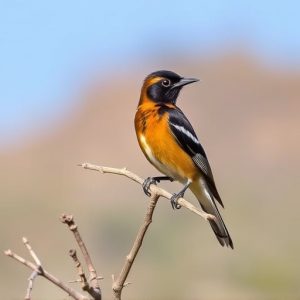The Whitewater Draw Wintering Grounds in southern Arizona is a premier birding destination, attracting up to 20,000 sandhill cranes and diverse bird species from November to March. This natural phenomenon offers spectacular displays of crane behavior and ecological diversity, with trails and viewing platforms ideal for exploring. Peak birding months bring a bustling symphony of birds, making it crucial to plan trips during these times and practice responsible birding to preserve this unique habitat.
Uncover Arizona’s hidden gem, the Whitewater Draw wintering grounds, where up to 20,000 sandhill cranes gather annually. This vast expanse in southern Arizona offers a unique opportunity for birding enthusiasts to witness nature’s grandeur. In this article, we explore the significance of this habitat, delve into the migration patterns of these majestic birds, and provide insights for responsible birding practices. Discover what makes Whitewater Draw a must-visit destination for those seeking unforgettable birdwatching experiences in southern Arizona.
- Unveiling Arizona's Wintering Ground: A Haven for Sandhill Cranes
- The Significance of Whitewater Draw for Birding Enthusiasts
- Understanding the Migration Pattern of Sandhill Cranes
- Exploring the Unique Ecosystem of Southern Arizona
- What to Expect During a Birding Trip to Whitewater Draw
- Responsible Birding Practices: Tips for Visitors
Unveiling Arizona's Wintering Ground: A Haven for Sandhill Cranes

In the heart of southern Arizona, a remarkable natural phenomenon unfolds each winter as one of North America’s most impressive bird gatherings takes place. The Whitewater Draw Wintering Grounds serve as a sanctuary for approximately 20,000 sandhill cranes, making it a birder’s paradise and an ecological marvel. This diverse habitat, characterized by its rich wetlands and open skies, offers the perfect conditions for these majestic birds to rest, feed, and prepare for their arduous migration.
For avid birdwatchers and nature enthusiasts, birding in southern Arizona reaches its peak during the winter months when sandhill cranes descend upon this region. The Whitewater Draw area provides an unparalleled opportunity to observe these elegant creatures up close, as they wade in shallow waters, form large flocks, and display their distinctive courtship dances. This wintering ground is not just a haven for birds but also a testament to the resilience of Arizona’s ecosystems, attracting visitors from around the globe who come to witness this breathtaking natural spectacle.
The Significance of Whitewater Draw for Birding Enthusiasts
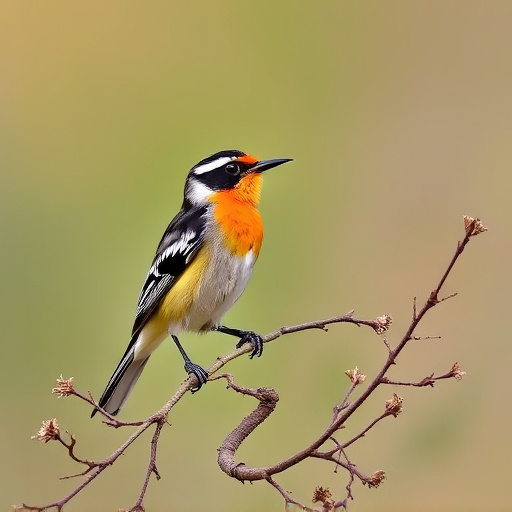
For birding enthusiasts, Whitewater Draw wintering grounds in southern Arizona is a true gem. This vast expanse of habitat supports an incredible array of bird species, making it a hotspot for observation and study. From November to March, thousands of sandhill cranes make their home here, creating a spectacle that captivates both seasoned and novice watchers alike.
The area’s diverse ecosystem, featuring a mix of open water, forests, and farmland, attracts not only cranes but also many other migratory birds, including ducks, geese, and a variety of hawks. Birders can spend hours exploring the trails and viewing platforms, hoping to catch a glimpse of these majestic creatures in their natural habitat. The peaceful setting and relative accessibility make Whitewater Draw an ideal destination for those seeking memorable birding experiences in southern Arizona.
Understanding the Migration Pattern of Sandhill Cranes
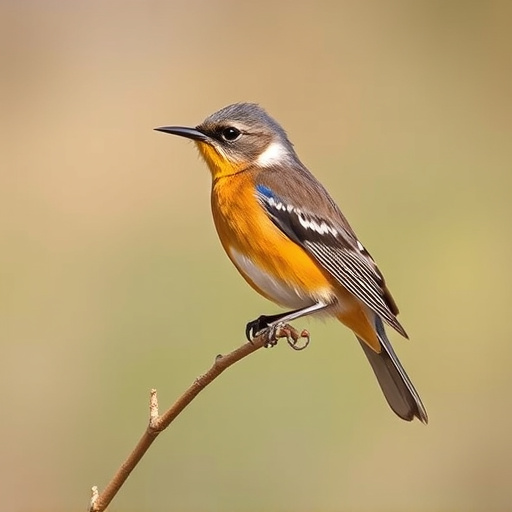
Sandhill cranes, renowned for their majestic presence and impressive migration patterns, play a vital role in the ecological tapestry of southern Arizona’s birding hotspots. These graceful birds embark on an arduous journey each year, traveling from their northern breeding grounds to warmer southern regions for wintering. The Whitewater Draw wintering grounds in Arizona serve as a crucial sanctuary, hosting up to 20,000 sandhill cranes during the cold months. This phenomenon attracts bird enthusiasts and nature lovers alike, offering them an unparalleled opportunity to observe these magnificent creatures en masse.
Understanding their migration pattern is key to appreciating the significance of such habitats. Sandhill cranes follow a well-established route, often departing from their breeding areas in northern states and Canada during late summer. They navigate through various landscapes, utilizing stopover sites along the way to rest and refuel. Birding in southern Arizona becomes particularly exciting during these migrations as birds congregate in vast numbers at places like Whitewater Draw, providing a dynamic display of nature’s beauty and resilience.
Exploring the Unique Ecosystem of Southern Arizona
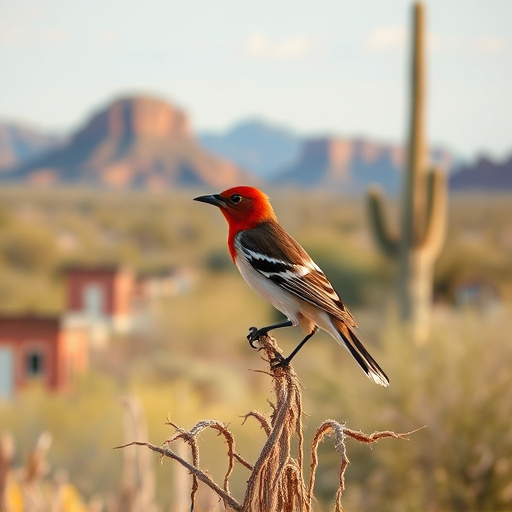
Southern Arizona’s diverse landscape offers a unique and vibrant ecosystem, making it a haven for birders and nature enthusiasts alike. This region is particularly renowned for its significant wintering grounds, such as the Whitewater Draw, which hosts an impressive array of bird species, including the iconic sandhill cranes. With over 20,000 cranes gathering here during the colder months, it becomes a top destination for birding in southern Arizona.
The area’s geological features and climate create the perfect conditions for these migratory birds to rest and feed. The vast open spaces and diverse vegetation provide ample habitat for numerous other bird species, contributing to the region’s rich biodiversity. Exploring this ecosystem allows visitors to witness the cranes’ graceful movements and understand the vital role these wintering grounds play in their survival and conservation.
What to Expect During a Birding Trip to Whitewater Draw
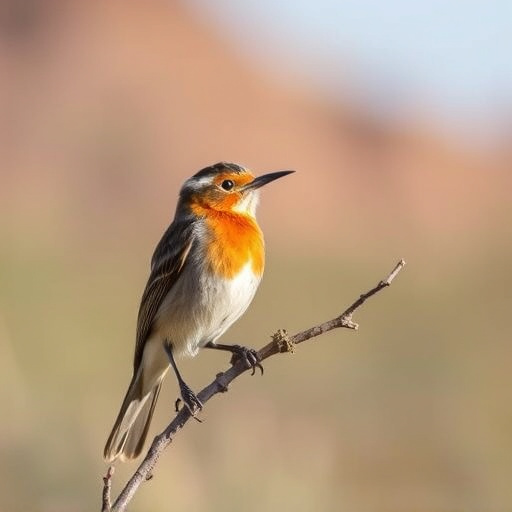
When planning a birding trip to Whitewater Draw wintering grounds, visitors can expect an unparalleled experience in birdlife viewing, especially during peak seasons. Known for sheltering over 20,000 sandhill cranes, this area in southern Arizona transforms into a bustling symphony of feathered friends. Birders will delight in the diverse array of species, including many migratory birds that gather here to rest and feed before continuing their long journeys.
The landscape offers both open water areas and moist remnants, creating a labyrinthine tapestry where birds can be spotted at every turn. In terms of birding success, early mornings and late afternoons are often the best times to explore, as these are when many species become most active. Remember that patience is key; some of the more elusive residents may take time to reveal themselves, but those who persevere will undoubtedly be rewarded with unforgettable sights and sounds.
Responsible Birding Practices: Tips for Visitors

Visitors to the Whitewater Draw wintering grounds can greatly enhance their experience and contribute to the well-being of the sandhill cranes by adopting responsible birding practices. When exploring this unique habitat, it’s essential to maintain a safe distance from the birds, especially during nesting and migration seasons. Using binoculars or telescopes allows for close observation without disturbing their natural behavior.
Another key tip is to minimize noise levels and stick to designated trails to avoid flushing cranes or causing distress. Respecting the environment by not leaving any trace behind, such as litter or disturbed habitats, is crucial for preserving this sanctuary. Following these guidelines ensures a positive experience for both visitors and the thousands of sandhill cranes that make their home here during winter in southern Arizona.
Whitewater Draw wintering grounds offer a unique and vibrant experience for birding enthusiasts seeking to witness the majestic sandhill cranes. This haven in southern Arizona is not only crucial for the birds’ survival but also provides an opportunity for people to connect with nature. By adopting responsible birding practices, visitors can ensure this sanctuary continues to thrive, allowing future generations to appreciate the breathtaking migration patterns of these remarkable birds. So, why wait? Take a dive into the world of birding in southern Arizona and experience the enchantment of Whitewater Draw for yourself.
